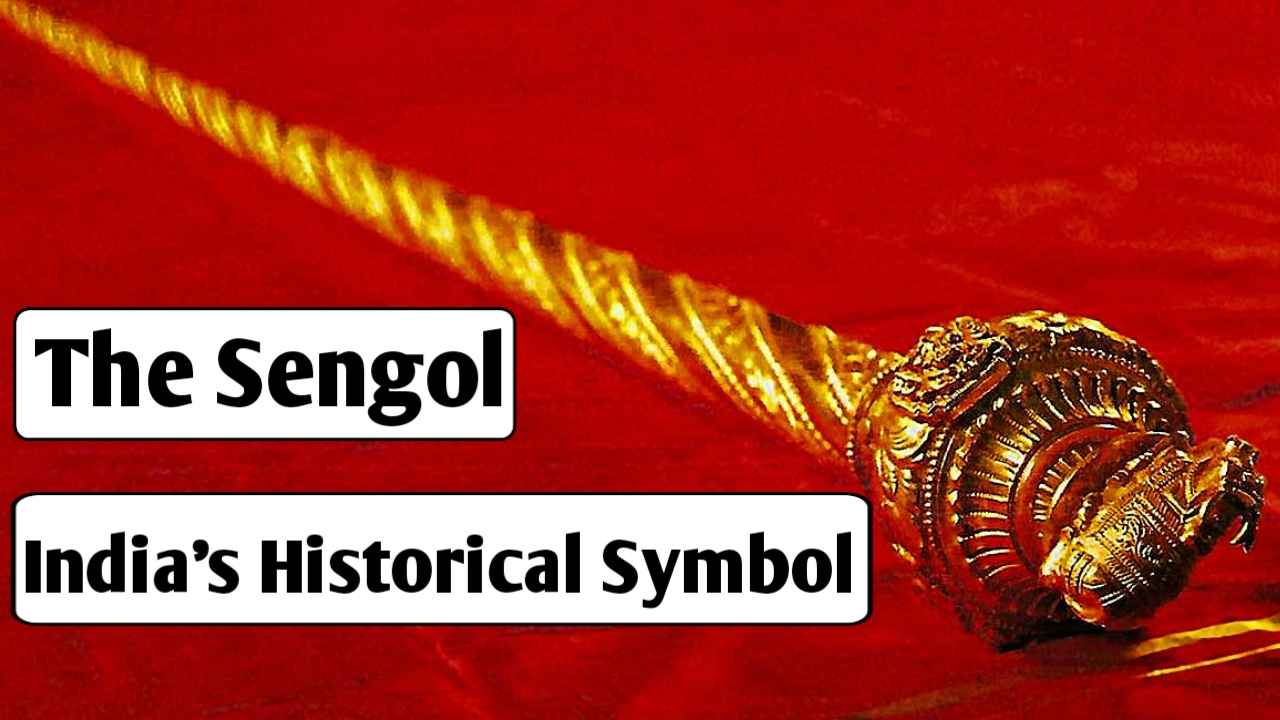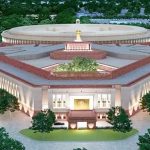Sengol, a 5-feet long golden sceptre, holds immense historical and symbolic significance in India. Presented to the first Prime Minister of the Republic of India, Jawaharlal Nehru, by Viceroy Lord Mountbatten on 14th August 1947, the Sengol marks the transfer of power from the British Raj to India. In this blog, we explore the etymology, significance, and its installation in the new Parliament House, emphasizing its role as a symbol of India’s independence and commitment to democracy.
Etymology and Meaning:
The term “sengol” is derived from the Tamil words “cemmai,” meaning righteousness or prosperity, and “kol,” referring to a stick or rod. Together, the term signifies a righteous symbol of prosperity and sovereignty.
Significance in India’s History:
The Sengol is a powerful symbol of India’s struggle for independence and its triumph over colonial rule. Presented to Jawaharlal Nehru, the first Prime Minister of India, it represents the transfer of power from British rule to Indian self-governance. This golden sceptre, adorned with jewels, carries deep historical and emotional value, signifying India’s sovereignty and its commitment to justice and good governance.
Context in Modern India:
The Sengol serves as a reminder of India’s rich history and the sacrifices made by its freedom fighters who fought for independence. It symbolizes the ideals of democracy, liberty, and equality that India upholds. As an important artifact, it instills a sense of pride and unity among Indians, reminding them of the country’s journey from colonial rule to becoming the world’s largest democracy.
Installation in the New Parliament House:
The installation of the Sengol in the new Parliament House in New Delhi is a momentous event. The new Parliament House represents India’s progress and its unwavering commitment to democratic principles. By placing the Sengol in this iconic building, India acknowledges its historical roots and aligns itself with the values of justice and good governance.
The installation of the Sengol in the new Parliament House signifies the beginning of a new era for India. It serves as a constant reminder to parliamentarians of their responsibility to uphold the ideals of independence, democracy, and the welfare of the nation’s citizens. Furthermore, it inspires and motivates future generations to actively participate in the democratic process and contribute to the nation’s growth.
Conclusion:
The Sengol, a 5-feet long golden sceptre, is a powerful symbol of India’s independence and democracy. Presented to Jawaharlal Nehru by Lord Mountbatten, it represents the transfer of power from the British Raj to India. As it finds its place in the new Parliament House, the Sengol serves as a constant reminder of India’s rich history, its commitment to democratic values, and its journey towards progress. It symbolizes the nation’s sovereignty and the responsibility of its leaders to govern with righteousness and prosperity. The Sengol inspires unity, pride, and an unwavering dedication to justice and good governance as India continues to shape its future.



